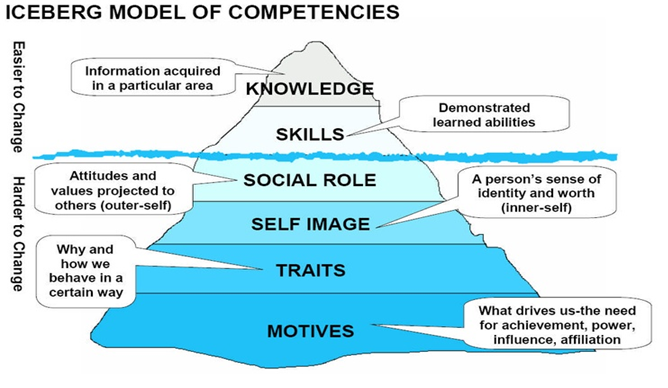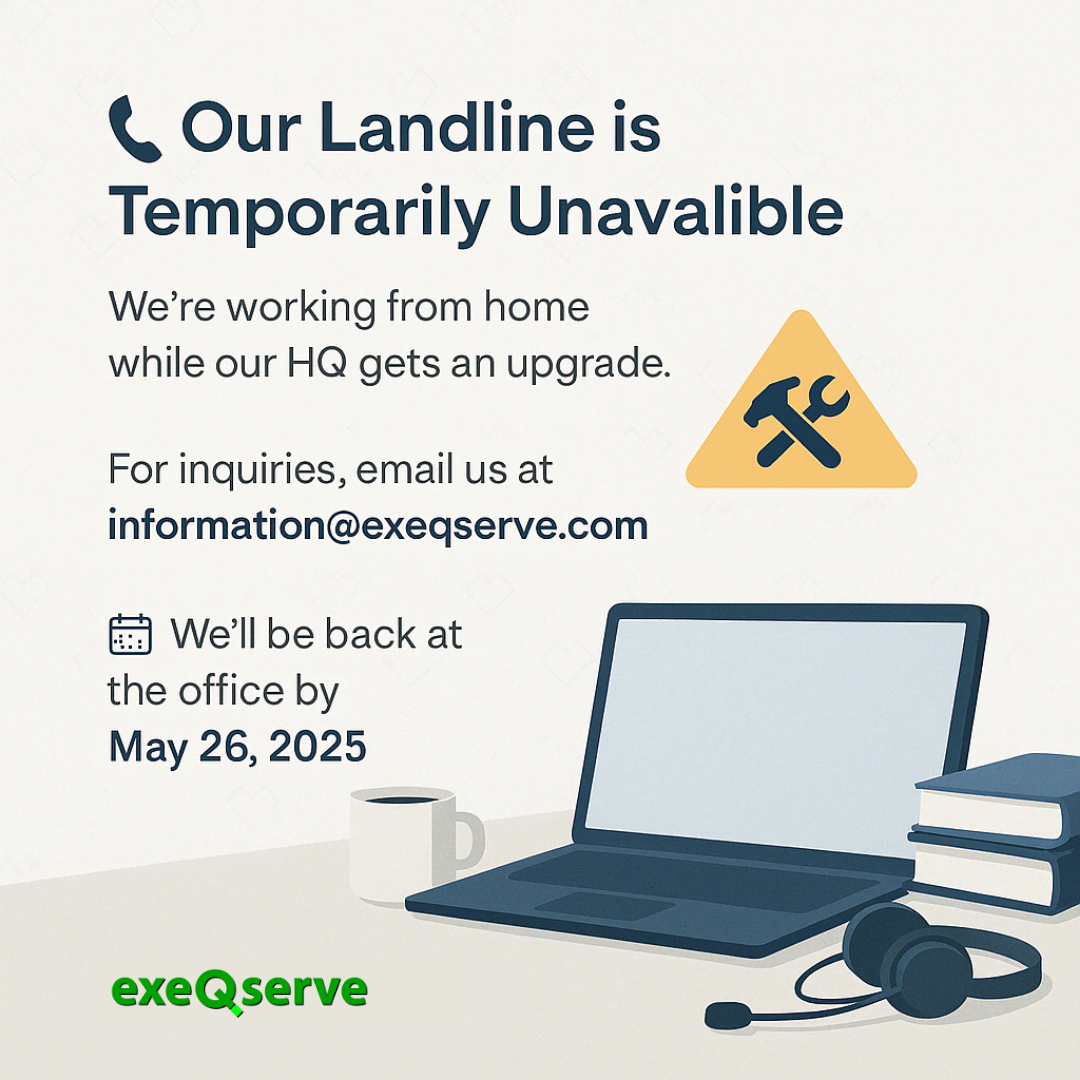Is it possible that you are wasting money on training because your learners are not ready to learn? Is it also possible that you are looking at the right training title, but it does not contain the necessary content for the participants needed learning? It is very much possible, and here is why I think it is important for you to base your interventions on a competency model.
 The iceberg model above shows that competency components; knowledge and attitude, the visible parts of the iceberg are the easiest elements to change. Those below the iceberg that drives the person’s attitude are harder to change. Performance is driven less by knowledge and skills but more by attitude. The former are tools, the latter is the one that fuels performance. A lot of training designs focus on the “what” and “how”; knowledge and skills. Some subject matter experts spend less time exploring the necessary attitude that surround good performance. This is perhaps why many training do not reach application level. The learner is just not motivated to apply the learning in the workplace. I have several recommendations on addressing this issue.
The iceberg model above shows that competency components; knowledge and attitude, the visible parts of the iceberg are the easiest elements to change. Those below the iceberg that drives the person’s attitude are harder to change. Performance is driven less by knowledge and skills but more by attitude. The former are tools, the latter is the one that fuels performance. A lot of training designs focus on the “what” and “how”; knowledge and skills. Some subject matter experts spend less time exploring the necessary attitude that surround good performance. This is perhaps why many training do not reach application level. The learner is just not motivated to apply the learning in the workplace. I have several recommendations on addressing this issue.
- Develop a competency model that describe the necessary knowledge, skills, attitude and habits necessary for excellent job performance. It is an important first step to know what exactly what we are looking for and what we expect in job performance. Identifying the core competencies needed by the organization to drive its strategies and build its aspired culture is very helpful in hiring the right people and in developing their knowledge and skills because they are already aligned in terms of values and their attitudes are aligned with the culture. The leadership and technical competencies can be used to identify not just the necessary skills but more importantly the habits needed for high performance.
- Identify the non-negotiable competencies for hiring people and ones that can be developed in-house. It is hard to find people who have all the competencies you need. The more specific your competency requirements are the narrower the choices get. A compromise approach is to identify competencies you cannot do without and make them the must-haves for recruitment, and then look at potentials that can be developed once the candidate is hired. This ties up your competency-based recruitment with performance management.
- Identify your nonnegotiables. The items at the bottom of the iceberg are harder to change. Therefore, it is important to find people who have the right makeup at the onset. Another approach is to apply coaching and mentoring to help shape the necessary attitude for the job. Training alone especially short-term ones can’t easily change people’s attitude.
- Develop a program that addresses self-mastery. Very few people are willing to admit that it is a gap but the truth is, it is the major gap for most of us. It’s not the lack of knowledge or skills that hinder us from performing well, it’s our motivation, our sense of purpose, our values that shape our attitude towards work.
- Align your interventions. Develop learning interventions that factor-in the knowledge, skills, attitude and habits components of each competency to make sure that learners are able to develop holistically in those competencies because they understand not just the what and how but the why of performance.
By having a well written competency model, we will have a road map we can use for attracting talents, developing their capacity to perform and engaging them in what they will see as meaningful work.
Join me on May 15-16 if you wish to know more about competency-based learning and development. I will provide you with the necessary tools to start a competency-based HR journey in your own organization. Click the image below for more details!









